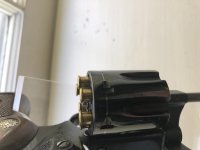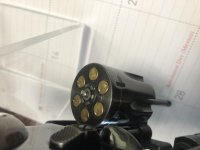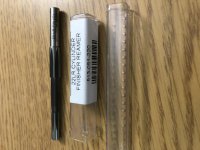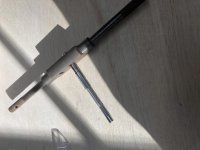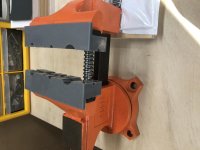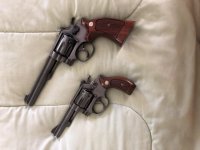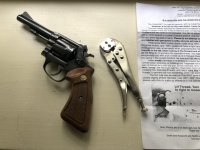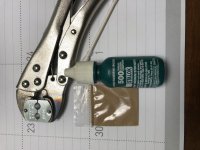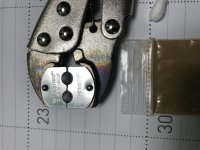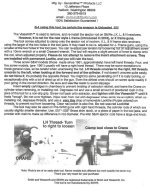OutWest50
Member
There are frequent posts regarding the known issues of early era K-22's having difficult extraction until the condition is remedied by use of a cylinder reamer.
I have a Model 17 from mid-1970's that has never had extraction problems, but my 1958 Model 18 definitely did until I reamed it.
I have not heard anyone say whether the early K-22's had difficult ejection issues "back in the day" with ammo from THAT era. IF not, that may indicate that ammo has changed over the years in some manner (i.e. higher pressure?, thinner brass?).
I've never read any discussion whether or not the early K-22 cylinders were difficult to eject with early ammo or only with ammo produced from the ~1970's foreward.
Maybe somebody on the forum has some insight into the issue?
I have a Model 17 from mid-1970's that has never had extraction problems, but my 1958 Model 18 definitely did until I reamed it.
I have not heard anyone say whether the early K-22's had difficult ejection issues "back in the day" with ammo from THAT era. IF not, that may indicate that ammo has changed over the years in some manner (i.e. higher pressure?, thinner brass?).
I've never read any discussion whether or not the early K-22 cylinders were difficult to eject with early ammo or only with ammo produced from the ~1970's foreward.
Maybe somebody on the forum has some insight into the issue?

